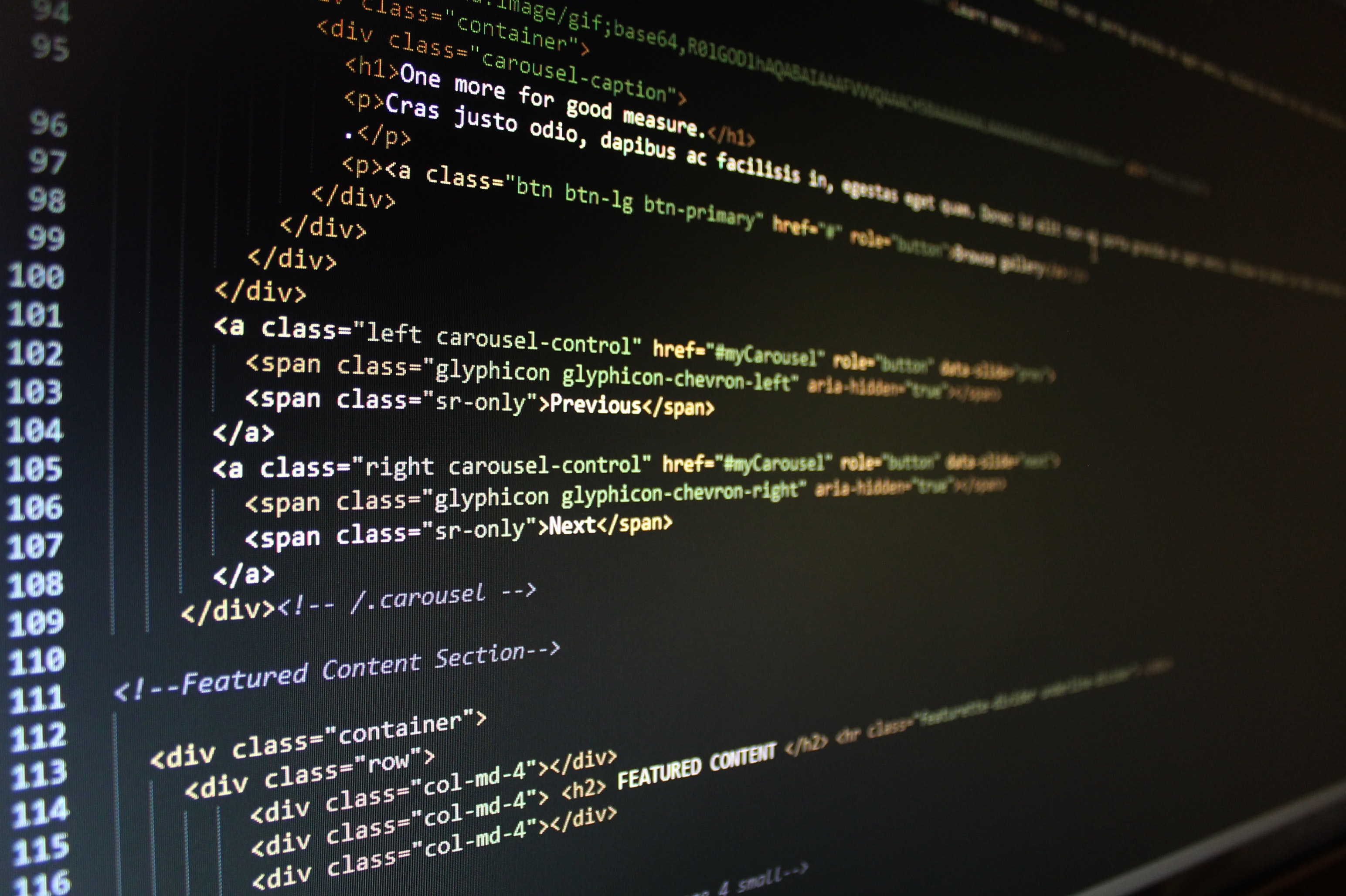Unveiling Digital Mysteries: Exploring the World of Computer Forensics

Introduction
In an era where digital footprints shape our lives, the field of computer forensics has emerged as a critical discipline. Computer forensics is the art and science of investigating digital devices, networks, and systems to uncover evidence related to cybercrimes, fraud, data breaches, and other digital misdeeds. This fascinating field combines technology, investigation, and legal expertise to unveil hidden information and shed light on digital mysteries. In this blog post, we delve into the realm of computer forensics, exploring its significance, methodologies, challenges, and the role it plays in the modern world.
The Significance of Computer Forensics
In a digitally connected world, data is at the heart of everything we do. From financial transactions to personal conversations, our lives are intricately woven into the digital fabric. However, this also exposes us to potential threats, making cybersecurity and digital investigations crucial. Computer forensics serves as a critical tool in ensuring data integrity, preserving evidence for legal proceedings, and holding cybercriminals accountable.
Methodologies and Techniques
Computer forensics follows a structured approach to gather, analyze, and preserve digital evidence. The process typically includes the following steps:
Identification: Identifying potential sources of evidence, such as computers, servers, smartphones, and network logs.
Collection: Safely collecting digital data while ensuring its integrity and maintaining a chain of custody.
Preservation: Preventing alteration or tampering of evidence through proper storage and techniques.
Analysis: Investigating the acquired data to extract relevant information, such as deleted files, logs, and timestamps.
Presentation: Summarizing findings in a clear and concise manner for legal proceedings.
Tools and techniques used in computer forensics include disk imaging, file recovery software, data carving, network traffic analysis, and memory forensics. These technologies enable investigators to reconstruct events and uncover hidden traces of digital activities.
Challenges in Computer Forensics
The field of computer forensics is not without its challenges:
Encryption: Encrypted data presents a challenge, as decryption requires specialized knowledge and tools.
Evolving Technology: Rapid technological advancements result in new devices, formats, and communication methods that require updated investigative techniques.
Data Volume: The vast amount of digital data can overwhelm investigators, making efficient data analysis crucial.
Anti-Forensic Techniques: Perpetrators use anti-forensic methods to erase digital footprints, making evidence recovery more complex.
Legal Admissibility: Ensuring that evidence gathered adheres to legal standards is essential for admissibility in court.
Applications of Computer Forensics
Cybercrime Investigations: Uncovering evidence in cases of hacking, identity theft, online fraud, and cyberattacks.
Corporate Investigations: Identifying employee misconduct, intellectual property theft, and data breaches within organizations.
Law Enforcement: Assisting law enforcement agencies in solving digital crimes, tracking criminals, and preventing cybercrimes.
Civil Litigation: Providing digital evidence in legal disputes, such as intellectual property infringement or contract breaches.
Counterterrorism: Investigating digital trails left by terrorists or criminals involved in planning and executing attacks.
Ethical Considerations
Computer forensics practitioners must adhere to ethical standards, respecting privacy and data protection laws while conducting investigations. Balancing the pursuit of justice with individual rights is a crucial aspect of this field.
The Future of Computer Forensics
As technology continues to evolve, the field of computer forensics must adapt to new challenges. Trends such as cloud computing, IoT devices, and artificial intelligence present both opportunities and complexities for investigators. Automated analysis tools, machine learning, and advanced data visualization techniques will likely shape the future of the field, enabling faster and more accurate investigations.
Recommended Online Resources for Computer Forensics
What is computer forensics? #shorts
Dive into the world of digital investigation with our concise course, "What is Computer Forensics? #shorts." This course introduces you to the captivating field of computer forensics, where you'll explore the identification, analysis, and preservation of digital evidence in networks, computers, and electronic devices. Discover how computer forensics plays a crucial role in investigating cybercrime and enhancing digital security. Join us to unravel the secrets of this dynamic field in a brief yet informative journey.
Course highlights:
Digital Evidence Analysis: Uncover the secrets of digital evidence examination.
Networks and Devices: Explore evidence found in networks, computers, and devices.
Cybercrime Investigation: Understand its pivotal role in investigating cybercrimes.
Preservation Techniques: Learn preservation methods for maintaining evidence integrity.
Digital Security Insight: Gain insights into enhancing digital security practices.
The Complete Computer Forensics Course for 2023 PRO : CFCT+
Embark on a transformative journey into the world of digital investigation with "The Complete Computer Forensics Course for 2023 PRO: CFCT+." Designed to mold proficient digital forensic investigators, this course delves deep into the art and science of collecting, analyzing, documenting, and presenting digital evidence crucial for court proceedings. Learn the intricacies of deciphering what happened, when, and by whom. Develop problem-solving skills while navigating challenges that real-world investigations present. Upon course completion, receive an official certificate and unlock the door to a successful career in digital forensics.
Course highlights:
Professional Expertise: Equip students to succeed as digital forensic investigators.
Evidence Mastery: Learn to collect, analyze, and present digital evidence.
Legal Application: Prepare evidence for court proceedings and legal cases.
Comprehensive Understanding: Gain insights into the "what, when, and who" of digital incidents.
Problem-Solving Skills: Develop abilities to navigate investigative challenges effectively.
Computer Forensics Fundamentals
Dive into the world of digital investigation with "Computer Forensics Fundamentals." This course offers a solid foundation in computer forensics, covering key concepts like hexadecimal, hashing, and the process of collecting digital evidence. Gain insight into the intricate world of forensic digital images creation, mounting, and exploration. Designed for enthusiasts curious about computer forensics, this course encompasses presentations, evidence collection demos, hands-on lessons, and quizzes. Explore the real-world aspects of digital forensics examination and get ready to delve into the fascinating realm of computer forensics.
Course highlights:
Foundation Building: Grasp essential concepts of the computer forensics field.
Hexadecimal and Hashing: Understand their significance in digital investigation.
Introductory Insight: Explore the basics of computer forensics and evidence collection.
Hands-on Learning: Engage in practical lessons and real-world evidence demos.
Comprehensive Content: Cover forensic images, crime scene response, and more.
FAQs
Q: What kind of evidence can be collected in computer forensics?A: Computer forensics can collect various types of digital evidence, including files, emails, logs, metadata, deleted data, network traffic, and more. This evidence can be crucial in investigations related to cybercrimes, data breaches, fraud, intellectual property theft, and more.
Q: What are the steps in a computer forensics investigation?A: A computer forensics investigation typically involves identification, preservation, collection, analysis, and presentation of digital evidence. Investigators use tools and techniques to ensure that evidence is not compromised and can be presented in a court of law.
Q: What skills are needed for a career in computer forensics?A: Skills required include knowledge of operating systems, networking, data storage, digital evidence preservation, data recovery, data analysis, cryptography, and legal procedures. Strong problem-solving, attention to detail, and analytical skills are also essential.
Q: How is computer forensics used in law enforcement?A: Law enforcement agencies use computer forensics to investigate cybercrimes, track online criminals, gather evidence for prosecution, and support legal cases. It helps law enforcement agencies to analyze digital evidence and understand the timeline of events in a cybercrime.
Q: What are some common tools used in computer forensics?A: Popular tools include EnCase, FTK (Forensic Toolkit), Autopsy, Cellebrite, X-Ways Forensics, and Wireshark for network traffic analysis. These tools help investigators analyze digital evidence, recover deleted files, and create forensic images.
Q: How does computer forensics relate to cybersecurity?A: Computer forensics and cybersecurity are closely related. Computer forensics deals with investigating incidents after they occur, while cybersecurity focuses on preventing and mitigating threats in real-time. Both fields work together to protect digital assets and respond to incidents.
Conclusion
Computer forensics plays a vital role in uncovering digital mysteries and ensuring a safer digital landscape. By combining technical expertise, investigative skills, and legal knowledge, computer forensics professionals contribute to maintaining the integrity of digital data and upholding the rule of law in the digital age. As we continue to rely on technology for every aspect of our lives, the importance of computer forensics in safeguarding our digital world cannot be overstated.





